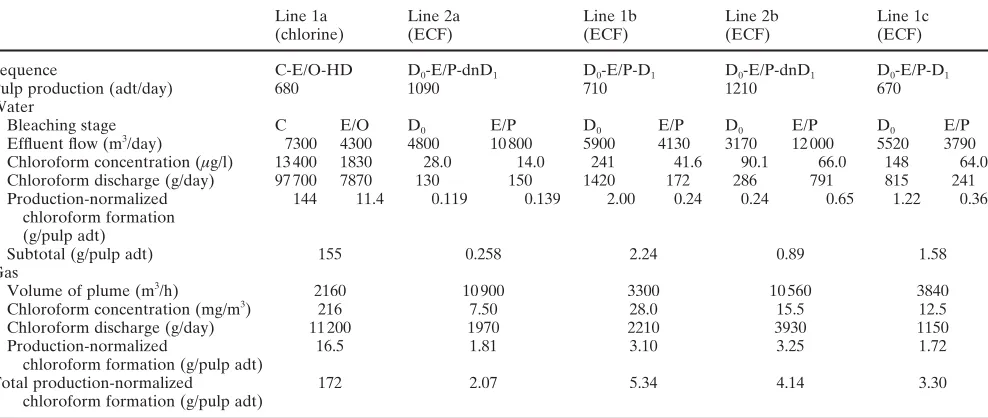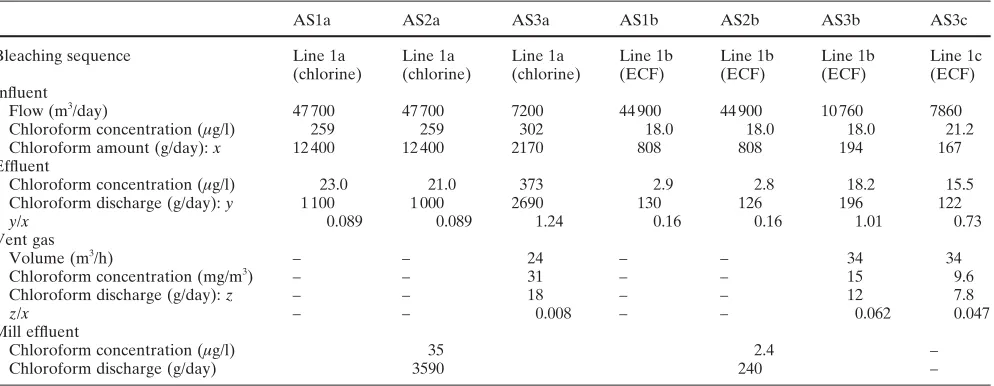Evaluation of chloroform formed in process of kraft pulp bleaching mill using chlorine dioxide
Full text
Figure




Related documents
Torres CJ, Sa R, Cardoso MJ, Silva R, Ferreira J, Ribeiro C, Miranda M, Placido JL, Nienhaus A: Tuberculosis screening in Portuguese healthcare workers using the tuberculin skin
For the untreated samples, large-scale pretreatments of the milled wood sample showed a lower yield of the b -O-4 structures of both the S and G units (549.7 l mol/g) compared to
30 Our findings from this study have wide implications in terms of rising awareness about knowledge and practice in terms of risk factors for non-
Lithology and ice saturation are the primary factors that control simulated resistivity values (Fig. The empirical relation between temperature and bulk resistivity is shown in Fig.
a, Phase-modulated rotating frame imaging (PMRFI) data are displayed as a sequence of individual spectra; each successive spectrum is derived from deeper brain tissue. The
ضرعتلا نم عيباسأ نيوب لولحمب تانيعلا تيبثت مت ،نيليسكوتاميهلاو نيسويلاا ةغبص تلمعتساو ةيرهجملا حئارشلا ترّضُح و ةساردلا ترهظأو ةيلوأ حئافص نم فلأتت ةرطيسلا ةعومجم
This study demonstrates that the overall perceptions, knowledge and attitudes of the French Canadian popula- tion regarding personalised nutrition via genetic testing are
Using this dataset we aimed to: (1) evaluate the effect of alignment and base quality recalibration on mu- tation calls; (2) compare the performance of Mutect2 and Strelka